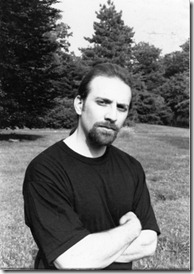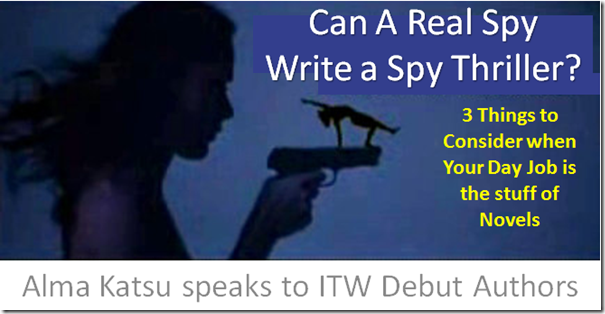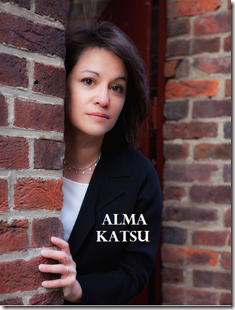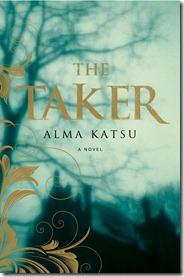Robbie Cutler Diplomatic Mysteries
By William S. Shepard
I was a career diplomat in the American Foreign Service. I served at our U.S. embassies in Singapore, Saigon, Budapest and Athens, and then retired as Consul General in Bordeaux, France. Since the usual advice given to beginning writers was “write about what you know,” I wrote about the Embassy world. During one of my five Washington tours, as Duty Officer for the Secretary of State, I found myself staying late one evening at the office. While I perused files and diplomatic cables, I realized I had access to a variety of interesting information and sources. That was when the idea came to me that after I retired, I would write mystery stories set in American Embassies overseas.
It was a new genre at the time, and to my knowledge I was the only writer writing what I call “diplomatic mysteries.” I began the series with my protagonist, Robbie Cutler, a thirty- something career diplomat. He served where I had served, and if necessary, I went back overseas to validate my story and for research purposes.
When I was assigned to the American Embassy in Budapest it was during the communist years, when the Hungarian Revolution was officially a nonevent, so it was impossible to do solid research. After the Berlin Wall came down, and with the assistance of both the Hungarian Embassy in Washington and the American Embassy in Budapest, I returned, did research for the book, and even lectured at the official 1956 Historical Institute. Now that would be impossible, for the Institute no longer exists. The 1956 Historical Institute was defunded, some say because its files may have contained embarrassing information about presently powerful people! History tends to wobble around still, like that Budapest park filled with old statues of the Stalinist era!
My series caught on. The President of the American Foreign Service endorsed my series with a cover blurb, “London has Sherlock Holmes, San Francisco has Sam Spade, and now Washington has its first diplomatic sleuth, Robbie Cutler. Learn about embassy life from the inside, as you enjoy Bill Shepard’s latest diplomatic mystery.”
How did I build my novel series using my work experience as a diplomat?
1. NOVEL THEMES
The themes in the series came from my own diplomatic experience. The first novel, VINTAGE MURDER, was set in Bordeaux, where Robbie Cutler was the American Consul. In MURDER ON THE DANUBE, the sequel, Robbie had reassigned as Political Officer to the American Embassy in Budapest.
2. CHARACTERS
The best practical writing advice I ever received was to know my main character well. I would then, gradually, find the other characters emerged from the qualities that my main character lacked. Uncle Seth, Robbie’s great uncle was a nationally prominent man, once TIME Magazine’s Man Of The Year, who also had access to Washington intelligence circles. I thought of Uncle Seth because I wanted Robbie to have access to national security information that a diplomat of his rank and experience would otherwise not have.
3. VILLAINS
Bad guys? I’ve learned that they are all sorts of villains, but none are one dimensional. The ETA gunman in the first novel was motivated by a police killing of a member of his family. The traitor in the second novel was also motivated by the killing of a member of his family. It was fun to speculate about “the Napoleon of Crime,” but most people prefer a villain with reasonable and understandable motivations, something they are accustomed to.
I look forward to reader comments, as together we explore the fascinating craft of writing thrillers with international settings.
William S. Shepard is the author of the Robber Cutler diplomat mystery series: VINTAGE MURDER, MURDER ON THE DANUBE, MURDER IN DORDOGNE, and THE SLADIN AFFAIR. Career diplomat William S. Shepard served as the Consul or Political Officer at U.S. Embassies in Singapore, Saigon, Budapest and Athens. Shepard’s diplomatic career was capped by service as Consul General at the American Consulate General in Bordeaux, France. He and his wife now live on Maryland’s Eastern Shore.Visit him on Facebook at https://www.facebook.com/WSShepard or on his website www.diplomaticmysteries.com



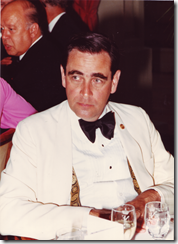




 Miranda Parker is the author of A Good Excuse to Be Bad (Kensington), the first in the Angel Crawford Bounty Hunter Series. Parker has been featured at NBCC and The Decatur Book Festival, the Atlanta Press Club’s Holiday Author Party, and featured in The Atlanta Journal-Constitution, RT Book Reviews Magazine, and Publishers Weekly. She is also the Social Media/Marketing Person for the International Thriller Writers Debut Authors Program and a contributing editor to The Big Thrill Magazine. Her sequel, Someone Bad & Something Blue, will be released July 2012. Visit her at
Miranda Parker is the author of A Good Excuse to Be Bad (Kensington), the first in the Angel Crawford Bounty Hunter Series. Parker has been featured at NBCC and The Decatur Book Festival, the Atlanta Press Club’s Holiday Author Party, and featured in The Atlanta Journal-Constitution, RT Book Reviews Magazine, and Publishers Weekly. She is also the Social Media/Marketing Person for the International Thriller Writers Debut Authors Program and a contributing editor to The Big Thrill Magazine. Her sequel, Someone Bad & Something Blue, will be released July 2012. Visit her at 
 Something Is Coming...
Something Is Coming...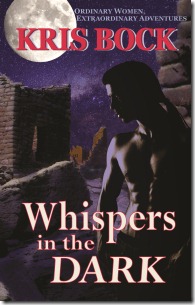
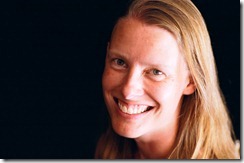


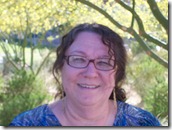


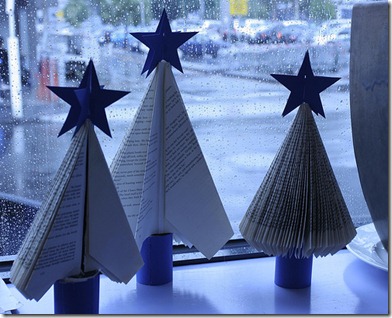





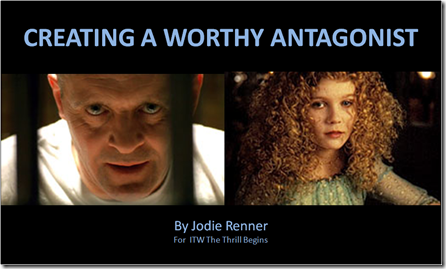


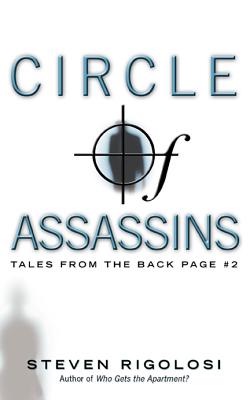 We hope we can answer these questions by the time the book is published. In my internal dialogue, I think I have written a caper/cozy (Who Gets the Apartment?), a novel of psychological suspense (
We hope we can answer these questions by the time the book is published. In my internal dialogue, I think I have written a caper/cozy (Who Gets the Apartment?), a novel of psychological suspense (